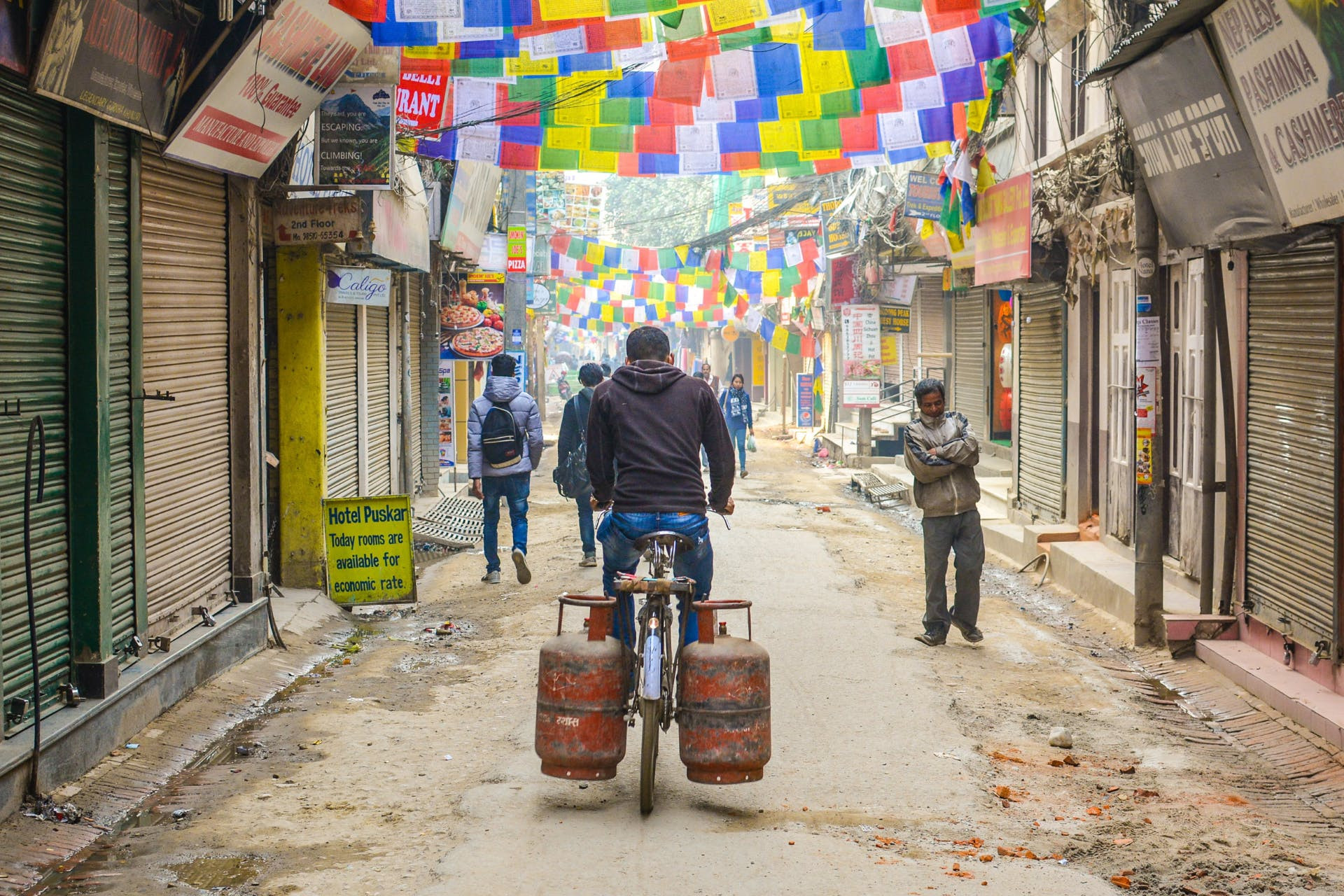In much of the world, informal networks are vital tools of societal resilience where more formal structures are weak or simply not present. Traditionally, these multi-generational networks create a support structure for the larger community, but as the world has become more urbanized, the structure of these networks has begun to break down. In urban environments, a more transitory population and lower social trust limit the impact of informal networks. With targeted help from the state and the private sector to provide social protections and enable households to create their own safety nets, the resilience effectiveness of informal networks can be improved.
Informal networks — based on kinship, community, and relationships, and the financial assistance they may provide — are vital tools of societal resilience in the many parts of the world where institutional support networks are underdeveloped or absent. While they may be viewed as unorthodox in societies where the state and financial sectors lead the way in times of crisis, for much of the world, they are the norm and the primary instrument for coping with shocks.
For those living with the “triple whammy” of poverty — low income, uncertain income streams and no access to financial products — informal networks are flexible safety nets. Subsistence-level entrepreneurs, for example, may need to call on them from time to time.
Rural to urban: A changing context
However, informal networks are not generic: context is vital. In urban environments, they are becoming less effective. While support networks in tight-knit rural communities may span generations, slum neighborhoods of large cities are a different story. There, many different backgrounds come together with higher levels of movement into and out of neighborhoods, which works against building the trust and solidarity that binds smaller and more established communities.
This means that many of the most disadvantaged individuals, households, and small businesses may not even have access to the limited provision of informal networks. Furthermore, informal networks alone are nowhere near sufficient to provide economic security to the level of effective societal resilience.
The question then becomes, how can we boost resilience where informal networks may be the only realistic option? An effective approach would be to build on informal networks: to sharpen their effectiveness by enhancing them with systems of formal social protection. We’ve seen that this can be done at the household level.
Building Societal Resilience
This article is part of an AXA Research Fund publication
Read the publicationBuilding societal resilience: The private sector’s role
So, how best to complement and strengthen informal networks? There are tried and tested tools like microfinance, but these work best for those who may already have some resilience — for example, small-scale businesses. The needs of the most disadvantaged tend to be quite different. For them, the process of resilience-building starts from a lower base. Interventions are sometimes needed to ensure that individuals or members of the household group are not experiencing acute or chronic hunger, debilitating medical conditions, abuse, or neglect. Often — and even in communities that are generally very poor — such struggles are accompanied by stigma, leading people to disengage from community life. This kind of social withdrawal inhibits people from developing the kind of local networks upon which they may be able to rely in times of crisis, exacerbating their vulnerability. Ensuring households can meet their most elemental needs with regularity is a prerequisite for their proper participation in society, and in turn, for the kind of resilience strategies which support people and families across the developing world.
While providing basic forms of social protection is traditionally the role of the state, there is a need for the private financial sector to build on this foundation. In poorer countries, it is savings (and to a lesser extent loan products) that perform an insurance role in coping with risk and building resilience. By enabling access to and innovating the savings products that households in acute poverty need, the private sector can play a vital role — even more so by leveraging the power of technology (in particular smartphones) to widen these services’ reach.
Back to the state: Targeting households
Yet for all the innovation the private sector can bring, we can’t completely rely upon it to meet the needs of those in poverty. Ultimately, the state has bottom-line responsibility for the welfare of its citizens. Thus, it is a matter of how the state can best provide security for those at the bottom of the pyramid and improve resilience for those reliant on informal networks.
An effective, affordable, and achievable approach by the state here could be to target major items of household expenditure vital for resilience, for example housing, healthcare, or energy costs. These are huge recurrent expense items, and assistance with any could help alleviate pressure on disadvantaged households.
Looking ahead: A joint approach
Coming back to informal networks, if both the private and the state sectors can take an innovative approach to the provision of social protection, this could enhance the resilience of those currently served only by informal means by sparking new possibilities for self-reliance and small-scale entrepreneurship. The economic activities between households and businesses at the micro level tend to be intertwined, so solutions that relieve financial pressure on households can actually help both.
Informal networks as tools of societal resilience must be understood in the context of how they are changing and becoming more limited in an urbanizing world, where the breakdown of community ties is a real challenge. Yet for many they remain vital. Employing innovative social protection tools has a lot of potentials to boost the resilience of those facing the challenges of poverty, and their ability to cope with current and future crises.
In short, a joint approach could maintain and build on the best features of informal networks — their flexibility and strong social roots — while also ensuring that they’re not the only game in town (or country, for that matter).
November 2022
Adli Wahid/Unsplash
Discover research projects related to the topic
Finance, Investment & Risk Management
Societal Challenges
Microfinance & Financial Inclusion
Emerging Market
Inequality & Poverty
Joint Research Initiative
China
2021.04.19
Understanding the Financial Lives of Low Income Households in China
Leveraging financial diaries research methodology, this joint initiative aims to provide actionable insights about the financial lives of low-income households... Read more

Xiugen
MO


